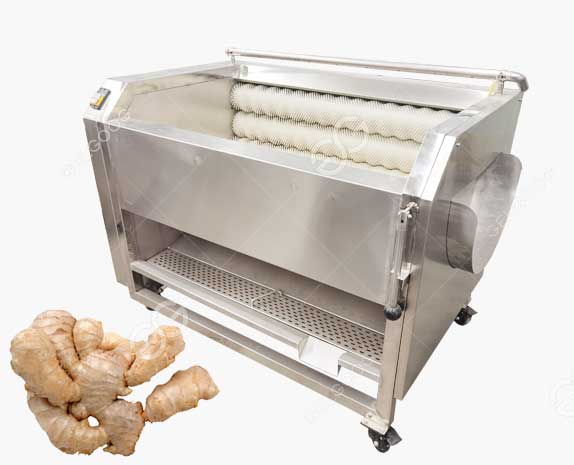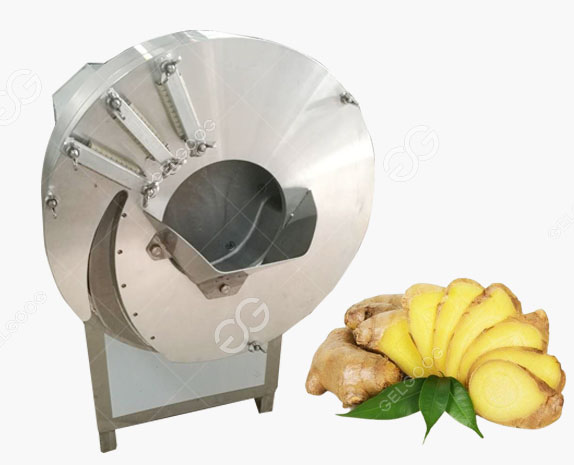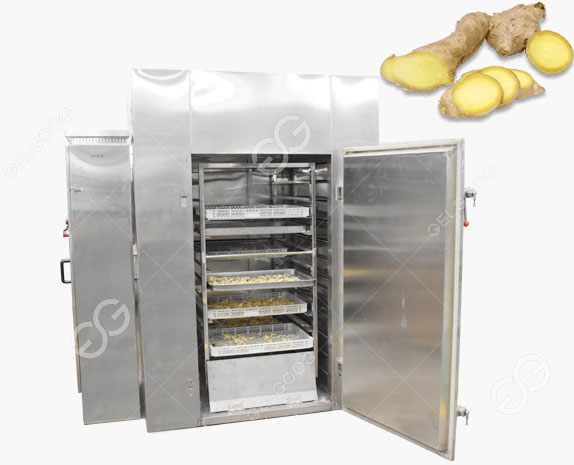Coconut chips have gained popularity as a healthy and delicious snack in recent years. These crispy and flavorful treats are made from the meat of mature coconuts. But have you ever wondered how are coconut chips manufactured in a factory? In this blog post, we will take a closer look at the process of producing coconut chips, from the harvesting of coconuts to the final packaging.
Harvesting and Husking:
The first step in manufacturing coconut chips is the harvesting of coconuts. Coconut trees take around 12 months to produce mature coconuts, which are ideal for making chips. Skilled workers climb the trees or use long poles to carefully harvest the coconuts.
Once harvested, the outer husk of the coconut is removed. This is usually done using specialized equipment that can strip off the fibrous husk efficiently. The inner shell, known as the coconut's exocarp, is what we're interested in for making coconut chips.
Opening and Extracting the Meat:
After the husking process, the coconuts are transported to the factory for further processing. To access the meat inside, the coconuts are typically cracked open using automated machines. These machines have sharp blades that slice through the coconut shell, allowing access to the white flesh or copra.
The copra is the edible part of the coconut that is rich in fats and nutrients. It is from this copra that the coconut chips are made. The copra is separated from the shell and further processed to remove any remaining shell fragments.
Grating and Slicing:
The next step involves grating or shredding the copra to obtain thin, even slices. Specialized machines are used to achieve this consistency. The grated copra is then fed into slicers that create thin, uniform slices, similar to potato chips.
The thickness of the slices can be adjusted according to the desired texture of the final product. Thicker slices result in a chewier texture, while thinner slices produce a crispier chip.
Drying:
Once sliced, the coconut chips are spread out on large trays or conveyor belts and sent to a drying chamber. The drying process is crucial as it removes moisture from the coconut slices, ensuring a longer shelf life and crispiness.
In the drying chamber, hot air is circulated to gently remove the moisture. This can be achieved using convection ovens or specialized drying machines. The drying time may vary depending on factors such as temperature, humidity, and the desired moisture content of the final product.
Flavoring and Packaging:
After the drying process, the coconut chips are ready to be flavored. Different flavorings such as salt, sugar, spices, or natural extracts are added to enhance the taste and create various flavor profiles. The chips are usually placed in large tumblers or mixers, where the flavorings are evenly distributed.
Once flavored, the coconut chips are packaged into bags or containers. This packaging process is often automated, where the chips are weighed, sealed, and labeled before being boxed for distribution. Some manufacturers may also use nitrogen flushing to remove oxygen from the packaging, ensuring freshness and extending the product's shelf life.
Conclusion:
The production of coconut chips involves several stages, from harvesting and husking to opening the coconuts and extracting the copra. Grating, slicing, and drying are critical steps that transform the copra into thin, crispy slices. Flavoring and packaging complete the manufacturing process, resulting in the delightful coconut chips we enjoy as a tasty and nutritious snack.
So, the next time you grab a bag of coconut chips, you can appreciate the craftsmanship and care that goes into their creation, from the tropical coconut groves to the factory where they are transformed into a satisfying



